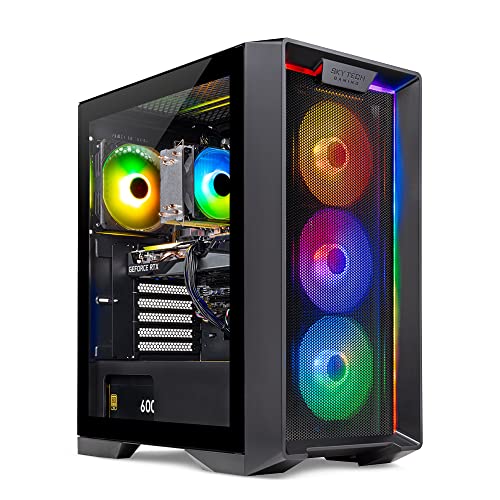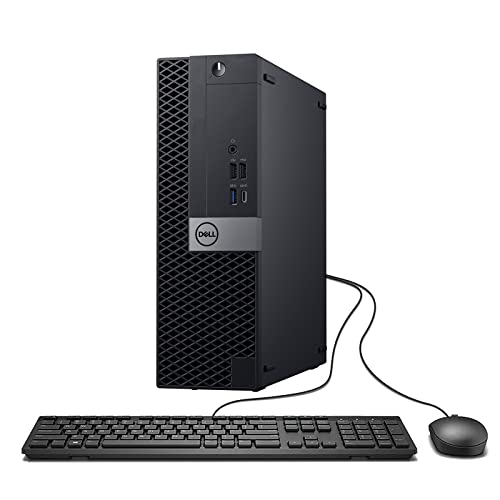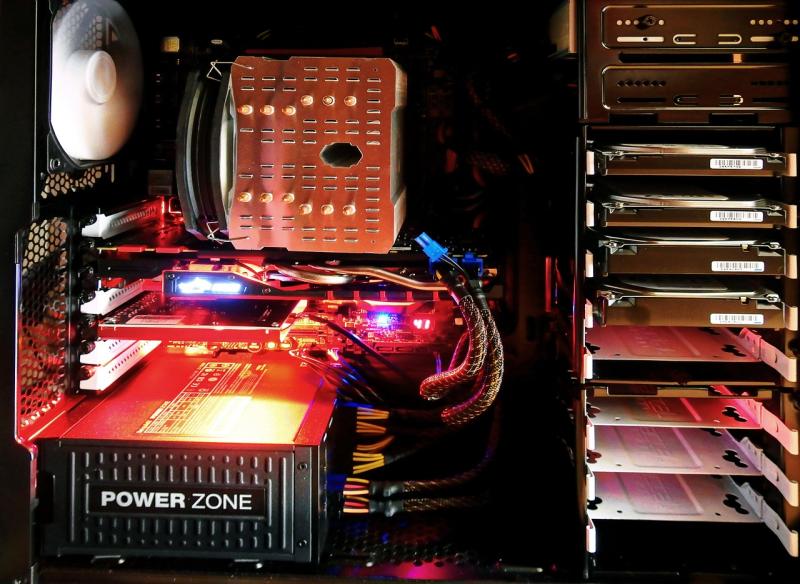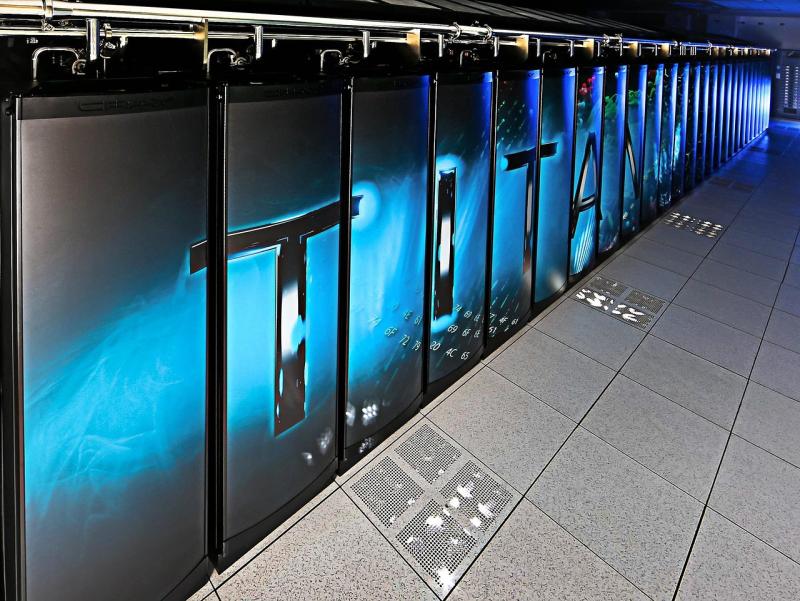**Introduction**
As cyber threats evolve, protecting your computer’s data has never been more important. Hardware‑level encryption and Secure Boot protocols have emerged as essential security measures, ensuring that your system is protected from the moment it powers on. By integrating robust encryption directly into the hardware and verifying the integrity of boot files and firmware, these technologies provide an extra line of defense against unauthorized modifications and malware. This article examines how these advanced security features work, their benefits, and how they contribute to a safer computing environment.
**Technological Innovations**
- **Trusted Platform Module (TPM) and Hardware‑Based Encryption:**
TPM chips and built‑in encryption features work directly at the hardware level to store cryptographic keys, safeguarding sensitive data even if the operating system is compromised.
- **Secure Boot Implementation:**
Secure Boot technology ensures that only digitally signed, approved software is loaded during startup, creating a trusted computing environment that blocks rootkits and boot-level malware.
- **Integrated Firmware Security:**
Modern motherboards incorporate robust security protocols within their BIOS/UEFI, verifying that firmware is genuine and unmodified, which further reinforces system integrity.
- **Advanced Threat Detection:**
Newer systems integrate real‑time monitoring and update mechanisms that continually scan for anomalies in hardware behavior, providing an additional layer of security.
**Applications and Benefits**
- **Robust Data Protection:**
Hardware‑level encryption effectively shields sensitive information, whether for personal use or in corporate environments, reducing the risk of data breaches.
- **Enhanced System Integrity:**
Secure Boot and integrated firmware verification prevent unauthorized software from compromising your system, thereby maintaining a secure operating environment.
- **Reduced Risk of Malware:**
By ensuring that only verified code is executed at startup, these technologies mitigate the chances of deep‑rooted malware infections.
- **Compliance and Trust:**
Enterprises can meet strict security standards and regulatory requirements by incorporating advanced hardware security, fostering greater trust among customers and partners.
**Future Directions**
Future security features will likely see further integration with AI‑driven threat detection and blockchain‑based integrity verification. As hardware and firmware continue to evolve, newer generations of encryption and Secure Boot will become even more robust, safeguarding systems against increasingly sophisticated cyber‑attacks.
**Keywords:** hardware encryption, Secure Boot, TPM, BIOS security, firmware verification, data protection, anti‑malware, cybersecurity, PC security
Hardware‑Level Encryption and Secure Boot
Safeguarding Data from the Ground Up
Related Articles
Essential High-Performance PC Components You Need Now
Upgrade your setup with the must-have parts for unbeatable gaming and productivity
Top Picks for Best High-Performance PCs
Find the perfect power machine for gaming, work, or creative projects
Your Guide to the Best High-Performance PCs
Find the Right PC for Your Gaming and Creative Needs
View our related products
See more






